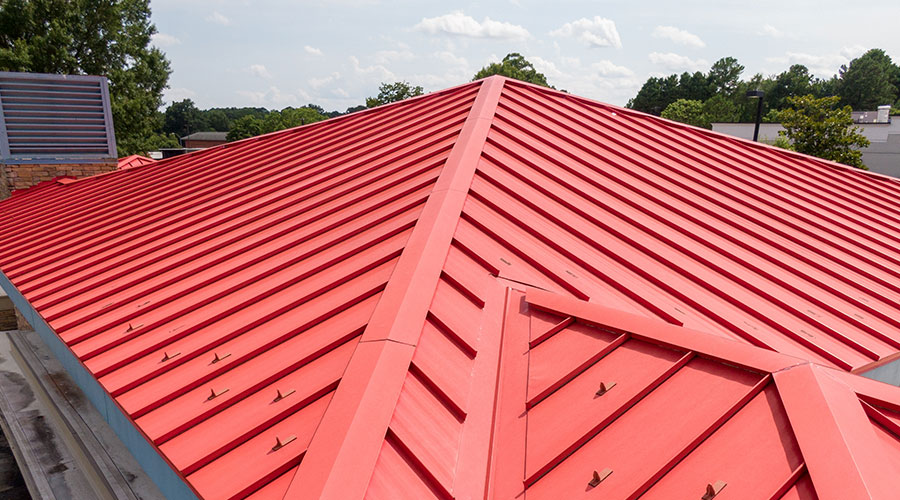 Upgrades to HVAC, lighting and plumbing systems in healthcare facilities must take into account the scheduling needs of staff performing vital activities.
Upgrades to HVAC, lighting and plumbing systems in healthcare facilities must take into account the scheduling needs of staff performing vital activities.Planning Healthcare Facilities for the Future
With savvy planning, managers ensure the success of maintenance and upgrades of HVAC, plumbing and lighting systems
Master planning enables maintenance and engineering managers to budget and prioritize projects to create new spaces and repurpose existing spaces, preparing them for new technology and changes in patient needs, program requirements, and compliance requirements.
Effective master planning sequences the arrangement of patient capacities and department adjacencies that are pleasant and efficient for all occupants. Even better master planning also considers the functionality and life expectancy of the facility’s mechanical, electrical, and plumbing (MEP) infrastructure, aligning needed upgrades to minimize costs, downtime, and scheduling problems.
Great master planning achieves all these goals and provides flexibility to pave the way for future needs. Managers who identify and focus on HVAC, plumbing, and lighting upgrades in master planning for healthcare facilities can ensure the success of future upgrades and maintenance.
Design for maintenance
Healthcare facilities present a range of challenges related to maintenance of MEP systems. Most other types of facilities have downtime when technicians can perform routine maintenance without affecting operations. But in healthcare, operators and technicians cannot shut down many spaces — inpatient care areas, pharmacies, and some public areas — served by these building systems for long periods without somehow continuing the services.
In many cases, these facilities are designed and built for a 50-year life, while the installed MEP systems at best provide for a 30-year life. How does the design selection process affect the planning of maintenance to help technicians access, service and replace systems efficiently? Even routine maintenance, such as replacing filters, cleaning coils, and replacing lighting, can be challenging if master planning does not account for certain design considerations. Establishing the goals and limitations of system operations is imperative to making smarter choices in planning.
Flexibility that supports change and knowing the way things work are essential elements of effective MEP master planning and can help managers navigate the future of inevitable change and maintenance. With existing hospital facilities, we often hear, “I can’t shut this system down because X department won’t allow me to, but I have to replace the fan. Can you figure out how to do it without it costing me an arm and a leg?”
By that time, it is already too late.
Focus on HVAC
When performing routine maintenance of MEP systems and replacing aging system components, redundancy and the ability to compartmentalize equipment shutdowns are critical. In HVAC systems, the use of fan arrays, dual-tunnel fan delivery systems, redundant pumping systems, redundant cooling towers, redundant chillers, and an abundance of service valves enables more efficient maintenance.
Managers can achieve greater flexibility by pushing designers for systems that operate at partial-load efficient points in normal mode and operate closer to full load when in maintenance or replacement mode. Sizing equipment into smaller, multiple units also helps maintenance.
The design concept of three to make two — each system is designed for 50 percent of the total load — is a useful tactic. Designers can plan air-handling systems with interior separation walls, dual power, and control systems so when the system is in maintenance mode, technicians can shut down one-half of the air handling unit without impacting facility operations.
Standardizing component sizes for frequently replaced parts also enables maintenance and engineering departments to stock fewer replacement parts. By ensuring that air handling equipment is replaceable in parts and that paths exist to all equipment enables technicians to perform equipment replacement at minimal cost and disruption to service.
Related Topics:












